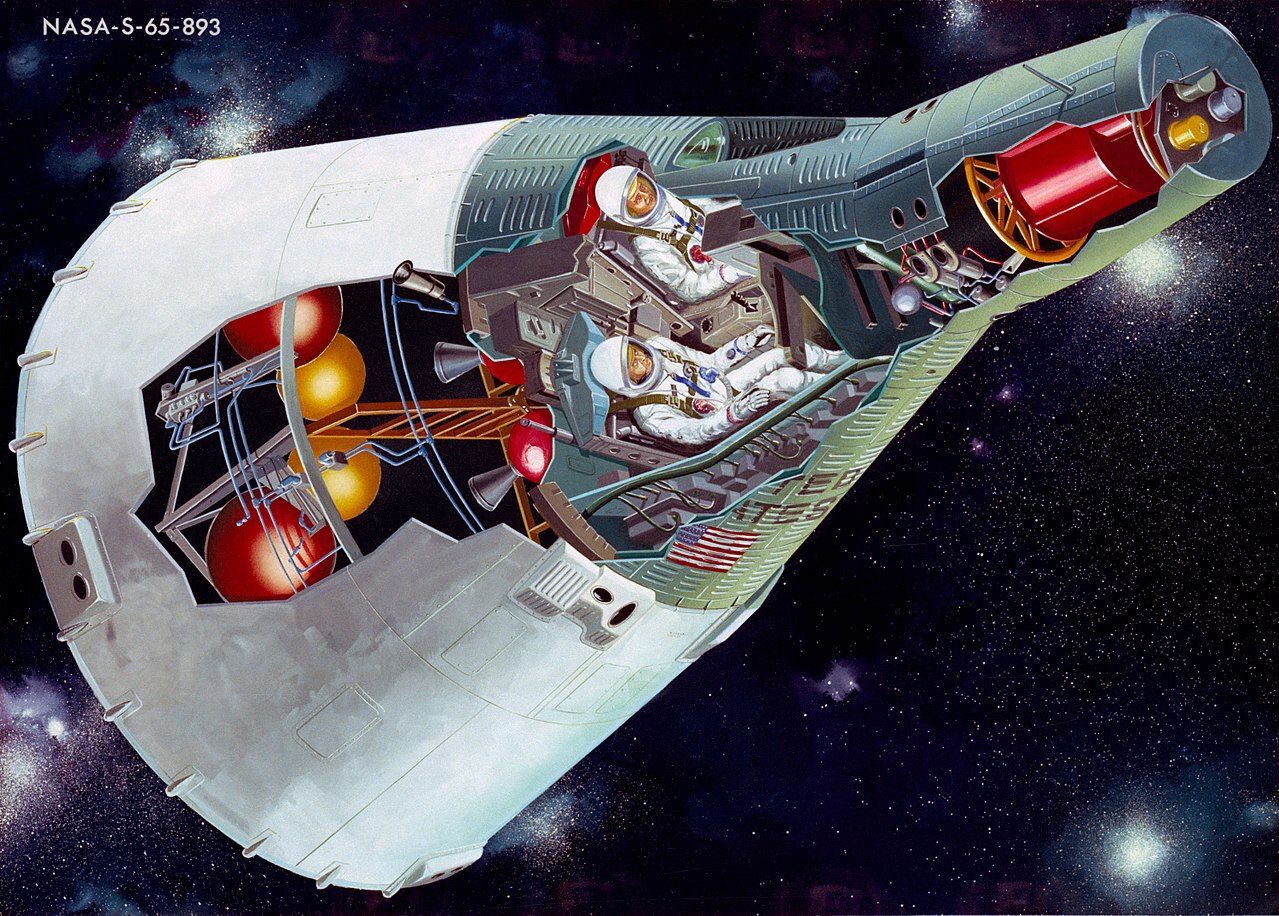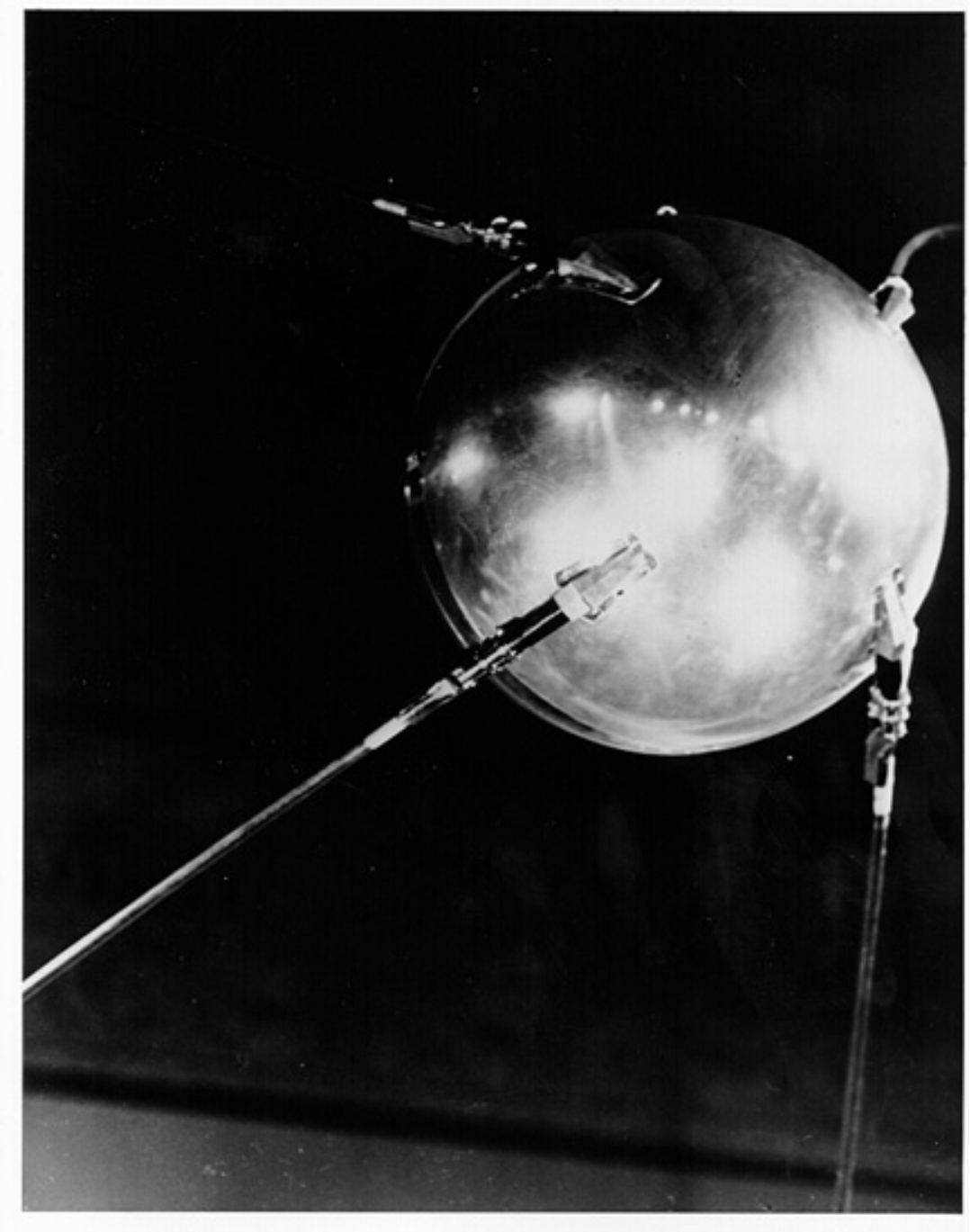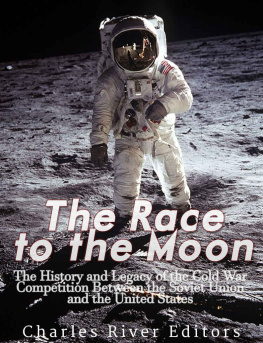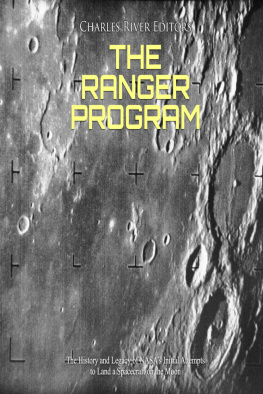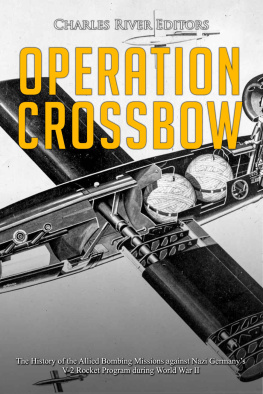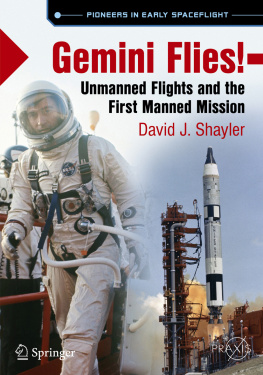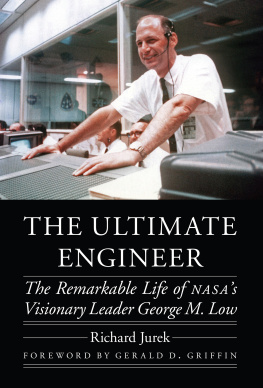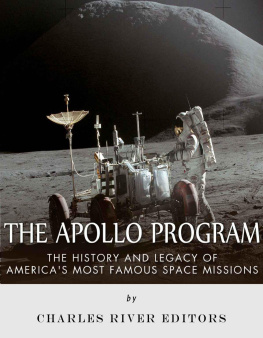Project Gemini: The History and Legacy of NASAs Human Spaceflight Missions Before the Apollo Program
By Charles River Editors
Don Davis montage of Voyager 1 and Voyager 2 along with the planets they visited
About Charles River Editors
Charles River Editors provides superior editing and original writing services in the digital publishing industry, with the expertise to create digital content for publishers across a vast range of subject matter. In addition to providing original digital content for third party publishers, we also republish civilizations greatest literary works, bringing them to new generations of readers via ebooks.
Sign up here to receive updates about free books as we publish them, and visit Our Kindle Author Page to browse todays free promotions and our most recently published Kindle titles.
Introduction
An illustration depicting the Gemini spacecraft
Project Gemini
Today the Space Race is widely viewed poignantly and fondly as a race to the Moon that culminated with Apollo 11 winning the Race for the United States. In fact, it encompassed a much broader range of competition between the Soviet Union and the United States that affected everything from military technology to successfully launching satellites that could land on Mars or orbit other planets in the Solar System. Moreover, the notion that America won the Space Race at the end of the 1960s overlooks just how competitive the Space Race actually was in launching people into orbit, as well as the major contributions the Space Race influenced in leading to todays International Space Station and continued space exploration.
In some ways, Project Gemini is a neglected part of the US space program. Sandwiched between the excitement of Project Mercury and the sending of the first American astronauts to space and the euphoria of the Apollo Moon landings, Gemini was a step forward rather than a dramatic leap. However, this project achieved many important firsts, including the first spacewalk, the first rendezvous and docking between two spacecraft, the first flights of more than one weeks duration and many more. And all this was achieved in a staggeringly short space of time in just twenty months, Project Gemini made ten manned flights, a record that has yet to be broken by any other space program.
Gemini also marked another important milestone as America finally surpassed the Soviet Union in space technology. Before Gemini, the US was playing a desperate game of catch-up as it attempted to match Soviet accomplishments. The last Project Mercury flight launched in May 1963, and before then, Russia had put the first satellite in Earths orbit and the first man in space and had followed these with longer flights than the tiny Mercury spacecraft. In terms of military significance, it was recognized that the ability to dominate space was very important, and to many people in America, it seemed that Russia was well on the way to doing this. No one could have guessed that it would be almost three years before the next American manned space flight occurred when Gemini 3 left the launch pad in March 1965. It seemed to many people that the Russian lead in space exploration had become unassailable and, in order to reestablish the credibility of the US space program, the Gemini flights simply had to succeed.
For these reasons alone, Project Gemini is worth looking at in detail, but it is also a story about human endeavor and triumph against the hazards of space. Astronauts learned not only how to control and monitor flights but how to deal with fatigue, stress, and equipment malfunction. And, unlike their Russian counterparts, the men and women of Project Mercury did all these things in the full glare of intense press and media interest. This meant that their achievements were lauded, but it also meant that their mistakes and setbacks were endlessly discussed and criticized. It also meant that every cent they spent had to be justified and explained.
Project Gemini: The History and Legacy of NASAs Human Spaceflight Missions Before the Apollo Program examines the origins behind the missions, the people and spacecraft involved, and the historic results. Along with pictures of important people, places, and events, you will learn about Gemini like never before.
Mercury
By the late 1950s, what was previously a race to deliver nuclear arms using space became a race for admission into space alone. Although the 1940s and early 1950s were necessarily dominated by a quest to create rockets for military use, the latter half of the 1950s saw the science and technology fueling the Space Race being advanced as part of a competition for political prestige between the two ideological adversaries.
Dovetailing off their success with intercontinental ballistic missiles (ICBMs), the Soviets were the first to make enormous advances in actual space exploration. On the night of October 4, 1957, the Soviets prepared to launch Object D atop one of its R-7 rockets. As the worlds first ICBMs, R-7 rockets were built primarily to carry nuclear warheads, but Object D was a far different payload. Object D and the R-7 rocket launched from a hastily constructed launch pad, and within minutes it entered orbit. It took that object, now more famously known as Sputnik-1, about 90 minutes to complete its orbit around the Earth, speeding along at 18,000 miles per hour while transmitting a distinct beeping noise by radio.
Sputnik-1
Thanks to its transmission, and the bright mark it created in nighttime skies across the world, the world was already aware of the launch and orbit of Sputnik-1 before the Soviets formally announced the successful launch and orbit of their satellite. Naturally, the West wasnt thrilled to learn about the Soviets launch of the first artificial object into Earths orbit. Sputnik-1 could be measured in inches, but that large rocket it was attached to could wreak havoc if equipped with a nuclear warhead. Moreover, if Americans could see Sputnik-1, they were justifiably worried Sputnik-1 could see them.
The launch of Sputnik I is largely hailed as the opening moment of the true Space Race, in part because of the fame and fear inspired by the launch, but also because its purpose was not entirely one of military value. While the Sputnik satellite indicated the Soviets had significant military advantages in potentially weaponizing space, Sputniks value was not exclusively military. Internationally, the political reaction to the Sputnik launch was muted. President Eisenhower's White House was largely dismissive of the success, refusing to acknowledge its significance. Eisenhower played down the satellite, saying it was no surprise.
In truth, President Eisenhower immediately realized the implications posed by the Soviets successful launch, and Sputnik-1 was a huge propaganda victory for the Soviets, who could boast not only of accomplishing the historic first but of getting ahead of the Americans in the Space Race. Had something like Sputnik-1 been Americas goal in 1957, it very likely could have accomplished this important first. Wernher von Braun, a former Nazi scientist who became instrumental in Americas space efforts, had successfully designed the Jupiter-C rocket by 1956, which could have allowed the United States to launch a satellite like Sputnik-1 into space a year before the Soviets did. At the time, however, the technology was being designed for use as missiles. In response to Sputnik-1, Eisenhower quickly ordered an attempt to put a satellite in orbit, so a Space Race of a more civilian nature was launched.



